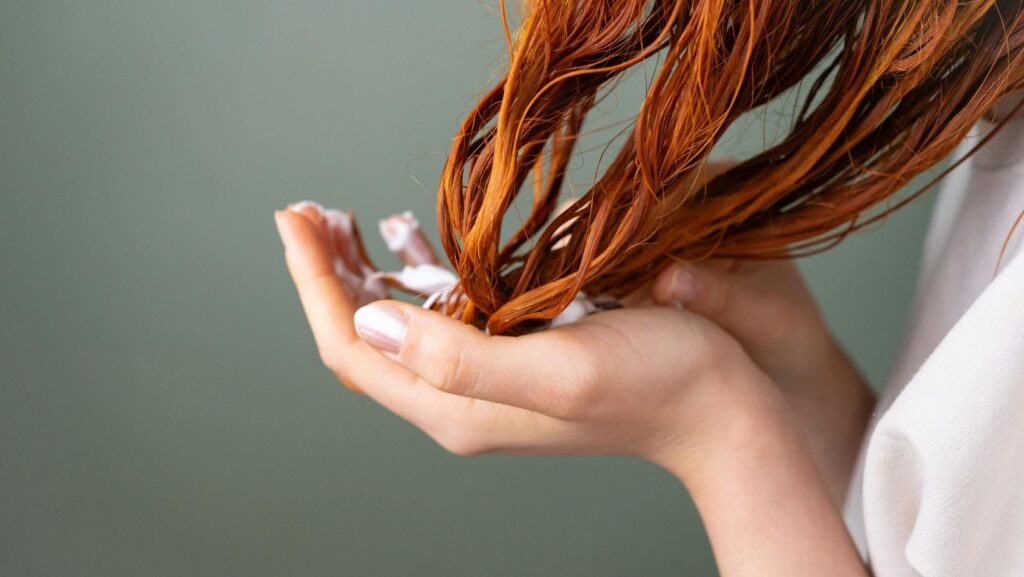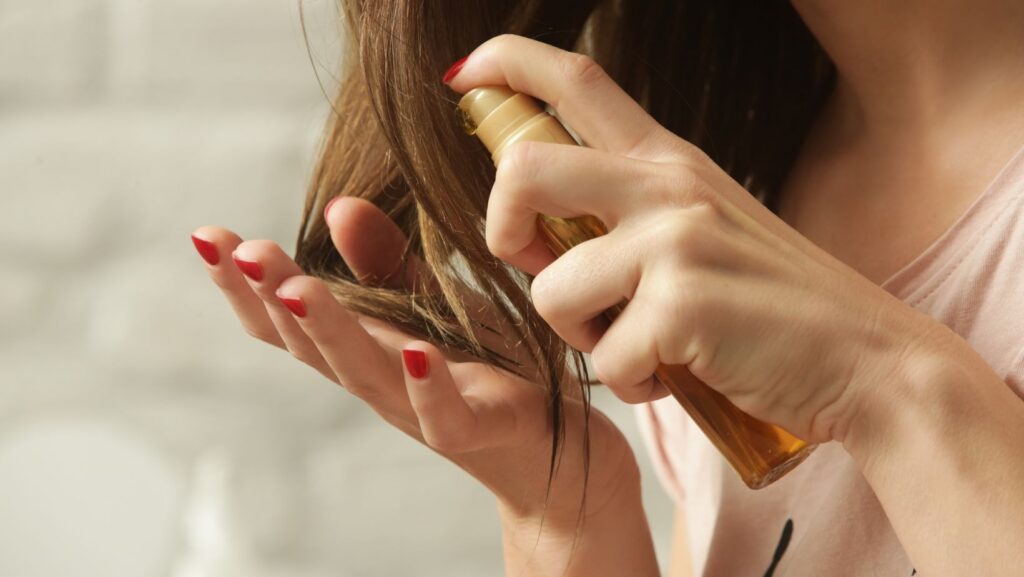Finding the right hair care approach represents one of beauty’s most universal challenges, cutting across all demographics and hair textures. When you truly understand your specific hair type, daily maintenance shifts from a frustrating guessing game into a strategic, results-driven routine. Effective hair care begins with proper cleansing and conditioning fundamentals, but selecting appropriate hair styling products proves equally crucial for achieving your desired look while maintaining healthy hair throughout the day. This comprehensive guide offers personalized routine frameworks tailored to your unique hair characteristics, helping you develop a sustainable approach that grows and adapts with your changing needs.
Understanding Your Hair Type and Texture
Getting to know your hair starts with accurate assessment—the foundation of any successful routine. While the primary classification system divides hair into straight, wavy, curly, or coily categories, hair porosity—how well your strands absorb and retain moisture—matters just as much. Low porosity hair acts like a barrier, resisting product absorption and often requiring lightweight formulations plus heat activation to penetrate effectively. High porosity hair, on the other hand, drinks up moisture quickly but struggles to hold onto it, making heavier, sealing products essential.
Hair density and thickness add another layer of complexity to your routine needs. Fine hair that’s densely packed might look thick but actually craves volumizing techniques, while coarse strands that are sparsely distributed need intensive moisture without overwhelming your scalp. Recognizing these characteristics helps you sidestep common product mismatches that lead to frustrating buildup, unwanted greasiness, or stubborn dryness.
Building Blocks of an Effective Hair Care Routine
Cleansing Fundamentals
How often you wash depends entirely on your hair type and scalp condition—there’s no one-size-fits-all answer. Straight, fine hair typically needs daily or every-other-day cleansing to keep oil buildup at bay, while curly and coily textures thrive with washing just once or twice weekly to preserve those precious natural oils. Clarifying shampoos work wonders for removing product buildup about once a month, while moisturizing formulations become your best friend if you have dry or chemically-treated hair.
Your scalp health directly impacts healthy hair growth, which makes gentle massage and thorough rinsing non-negotiable, regardless of your hair type. Over-cleansing strips away natural oils and ironically triggers your scalp to produce even more oil, while under-cleansing allows buildup that can block follicles and stunt growth.
Conditioning Strategies
Matching conditioner weight to your hair’s specific needs makes all the difference—lightweight formulas work best for fine hair, while coarse or damaged strands crave intensive treatments. Leave-in treatments offer ongoing moisture protection throughout the day, and deep conditioning masks tackle specific concerns when used weekly or bi-weekly.
Getting your application technique right maximizes every benefit: concentrate conditioner from mid-length to ends, steering clear of roots unless your hair feels extremely dry. Protein treatments work to strengthen damaged hair, but use them sparingly since overuse can actually make hair brittle. Meanwhile, moisture treatments boost elasticity and add that coveted shine.
Customizing Routines for Specific Hair Types
- Straight hair has a tendency toward oiliness, which calls for lightweight products and more frequent cleansing. Boost volume with root-lifting techniques during your drying routine, and avoid applying heavy oils anywhere near your scalp.
- Wavy hair walks a fine line, needing moisture balance without the weight that can drag down your natural texture. Enhance those waves by scrunching products into damp hair and resist the urge to brush when dry—this disrupts wave patterns and invites frizz.
- Curly hair demands intensive moisture retention to look its best. The curly girl method offers solid principles: skip sulfates and silicones, apply products to soaking-wet hair, and you’ll help preserve curl definition while preventing breakage during detangling sessions.
- Coily hair requires the most moisture and the gentlest handling of all hair types. Pre-wash oil treatments, protective styling techniques, and proper sealing methods help you manage shrinkage while maintaining both length and overall health.
Environmental and Lifestyle Factors

Your environment plays a bigger role in hair care than you might realize. Humid climates often call for anti-frizz formulations, while dry environments demand extra moisture at every step. Water hardness can seriously affect how well your products work—hard water requires more frequent clarifying treatments to prevent mineral buildup that leaves hair looking dull.
If heat styling is part of your regular routine, protective measures become absolutely essential. Swimming enthusiasts should pre-treat hair with oils or leave-in conditioners to create a barrier against harsh chlorine or drying salt water.
Common Hair Care Mistakes and How to Avoid Them
Over-washing or under-washing relative to what your individual hair actually needs throws off your scalp’s natural balance. Using products designed for completely different hair types creates nothing but frustration—imagine putting volumizing products on already-dry curly hair, or slathering heavy creams on fine, straight strands.
Many people focus exclusively on their hair strands while neglecting scalp care, essentially ignoring the foundation where healthy growth begins. Applying excessive heat without proper protection causes damage you simply can’t reverse, and expecting immediate results from new routines often leads to premature product switching before you’ve given anything a real chance to work.
Developing Your Personalized Hair Care System
Begin with a streamlined baseline routine: gentle shampoo, appropriate conditioner, and just one styling product. Observe and adjust over the course of 2-3 weeks, taking note of what actually works before you’re tempted to introduce additional treatments.
Introduce one variable at a time—this approach helps you identify exactly what improves or hinders your results. When persistent issues resist all your home remedies, professional guidance from trichologists becomes invaluable.
Keep budget considerations in mind to ensure your routine stays sustainable over time. It’s better to invest in quality basics rather than accumulate numerous specialized products that may not deliver. Remember that hair needs shift with age, hormonal changes, and overall health, so your routine should evolve rather than rigidly stick to what worked in the past.
Conclusion
Successful hair care grows from understanding your personal hair characteristics and responding with targeted techniques rather than blindly following universal advice. The discovery process requires patience, combined with methodical experimentation that gradually reveals what works for your unique needs. The most effective routines evolve continuously, adapting to life’s changes while staying true to fundamental principles: gentle cleansing, appropriate conditioning, and protective styling. This personalized approach transforms daily hair care from a tedious obligation into confident self-care that truly enhances your natural beauty.
